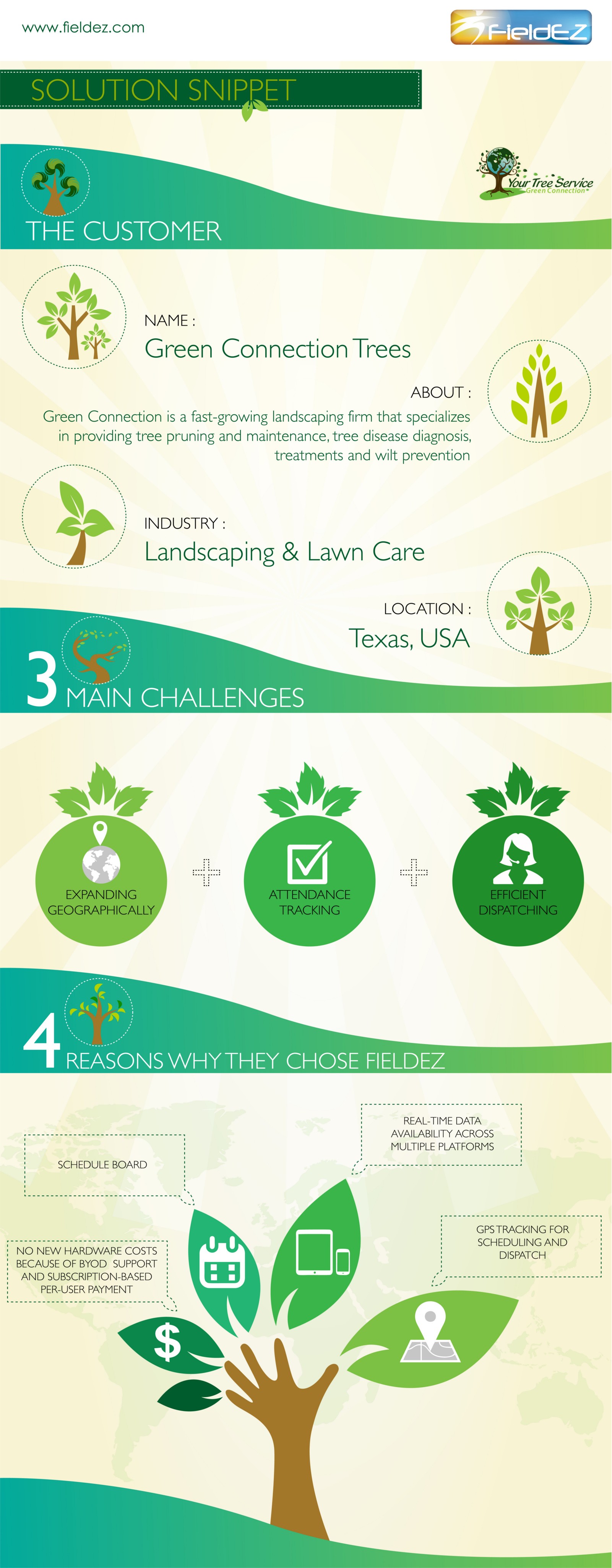Discover How To Promote A Robust Setting Post-Tree Removal
Discover How To Promote A Robust Setting Post-Tree Removal
Blog Article
Produced By-
When it concerns seasonal tree treatment, making sure correct monitoring before and after elimination can considerably influence the health and wellness and visual appeals of your landscape. By understanding the required steps involved in examining tree health and getting ready for removal, you can proactively secure your building. Yet what concerning the crucial methods to comply with once the tree is gone? Keep tuned to find the necessary post-removal care steps that will certainly aid you cultivate a growing and sustainable setting for your trees.
Pre-Removal Tree Care
Before dealing with the removal of a tree, it's essential to prioritize pre-removal tree care. Start by assessing the tree's wellness and structural honesty. Search for signs of condition, insect invasions, or any architectural issues that may position a safety hazard during elimination. It's necessary to seek advice from a certified arborist to identify the very best strategy.
Pruning dead or infected branches can stop further damages to the tree and ensure a smoother removal process.
Furthermore, think about the ecological impact of getting rid of the tree. Trees play a crucial function in our ecological community, so growing a new tree in a suitable area can assist balance out any loss. Ensure that you have the needed licenses and consents for tree elimination, particularly if the tree is protected by regional laws.
Seasonal Upkeep Tips
Evaluating your tree's demands throughout the year is necessary for its health and wellness and longevity. To maintain your trees in leading condition, adhere to these seasonal maintenance pointers.
In springtime, focus on pruning to remove dead or damaged branches and encourage brand-new development.
Summer calls for normal watering, especially throughout dry spells, to ensure your tree stays hydrated.
As autumn methods, keep an eye out for very early indications of disease or stress, and think about applying compost to shield the origins during winter months.
In winter months, beware when removing snow from branches to stop breakage, and remain to monitor your tree's general health.
Keep in mind to adjust your care regular based on the details needs of your tree species and regional climate. By staying conscientious and proactive throughout the seasons, you can aid your trees grow and flourish for several years to find.
Post-Removal Tree Care
To guarantee the health and wellness of your landscape also after tree removal, correct post-removal treatment is essential. After a tree is gotten rid of, it's critical to fill up the remaining hole with topsoil and small it to prevent settling. This will assist keep the integrity of the ground and prevent prospective threats in the future.
Think about growing brand-new greenery in place of the gotten rid of tree to bring back the balance and looks of your landscape. Routinely water the area to promote the growth of brand-new plants and prevent dirt disintegration.
you can try these out surrounding trees for any signs of condition or anxiety that may have been brought on by the gotten rid of tree. Keep an eye out for insects that may've been brought in to the previous tree and take safety nets to secure the continuing to be plant life.
If required, speak with a specialist arborist to examine the impact of the removal on the bordering trees and identify any type of additional treatment required. By complying with these post-removal treatment steps, you can make certain the continued health and appeal of your landscape.
simply click the following post
In conclusion, aggressive seasonal tree treatment is vital for maintaining the health and wellness and equilibrium of your landscape. By examining tree wellness, trimming, and consulting with an arborist before removal, you can guarantee a safe process. After removal, filling the hole, growing new plants, and routine watering will promote brand-new development and stop erosion. Bear in mind to check surrounding trees for disease and seek further treatment steps from an arborist to keep your landscape prospering.
